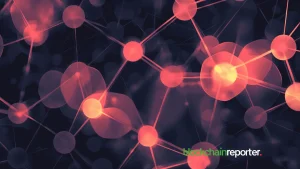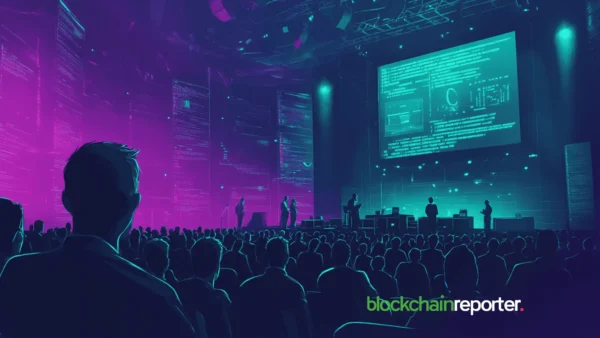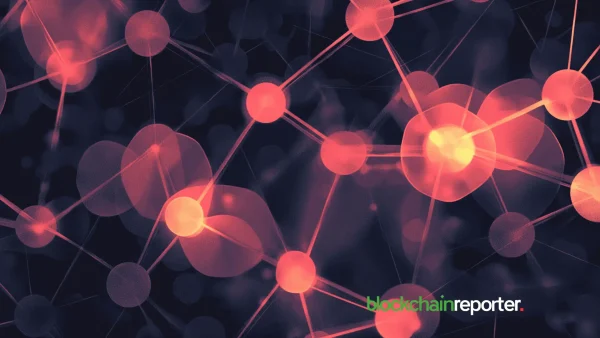
Sparkles, an NFT marketplace that manages more than 90% of NFT sales on Songbird, has launched on Flare. With this launch, Sparkles becomes the first NFT platform on the new layer 1 oracle network. Sparkles is the only NFT marketplace operating in the blockchain world that has achieved an environmentally positive status. By attaching on-chain IP licensing, Sparkles is solving the problem of NFT intellectual property (IP) rights for NFT holders in their upcoming DOTM collection.
Hugo Philion, Flare CEO & Co-founder said: “We are very pleased Sparkles have agreed to continue their NFT platform development on Flare, integrating our core protocols to champion NFTs and provide opportunities for SGB and FLR holders to participate in the digital art space. We look forward to seeing Sparkles become a community-owned platform, push the boundaries of NFT innovation on Flare, and support digital artists on their journeys.”
Enabling New Use Cases for NFTs and their Holders
Sparkles intends to use Flare’s inherent interoperability protocols in order to make it possible for NFTs holders to participate in new use cases. The State Connector protocol that Flare utilizes makes it possible for off-chain information to be used with smart contracts on Flare in a secure, scalable, and trustless manner. Rather than relying on centralized data providers, the Flare Time Series Oracle (FTSO) uses the network structure to give highly decentralized prices and data series to the dApps that run on the Flare platform.
Sparkles APIs have been incorporated into Bifrost Wallet, which is the wallet that has the most users on Flare, as well as D’Cent wallet, which allows users to directly control their NFTs within the wallets themselves. Since its inception on Songbird in January 2022, Sparkles has been responsible for the largest number of NFT transactions conducted on Flare’s canary network.
Moreover, the NFT marketplace has been responsible for more than 90% of all NFT sales, with Sparkles accounting for more than $3.5 million in value traded. Sparkles is also home to more than 3,200 collections and has an average of 176 sales every single day. In 2021, Sparkles also became a member of the Crypto Climate Accord and made a commitment to reach net-zero emissions by the year 2030.
The Sparkles team has already exceeded this goal and achieved ecologically positive status. This was accomplished by collaborating with SCB, a leading carbon commodities firm, to estimate the platform’s carbon footprint and then purchasing carbon credits to offset the platform’s emissions. Sparkles withdrew the credits on chain by utilizing Toucan’s bridge.
Home to NFTs, Metaverses, and More
The transition of Sparkles into a DAO, which will occur simultaneously with the release of SNFT tokens, will result in the decentralization of the company’s fundamental technology and infrastructure. Having an NFT protocol that is totally decentralized, as described in the whitepaper for Sparkles, and that is governed by the community for the community, is in perfect alignment with Flare’s primary objective, which is to connect everything.
Talking about this significant development for Sparkles and the overall NFT industry, Mohamed Kanoun, Sparkles Founder, said: “Sparkles is honored to be leading the way when it comes to NFTs on Flare. We believe Flare will be home to many new artists, brands, companies, games, Metaverses, and much more. The future is bright for NFTs on Flare Network.”
Flare is an EVM-based Layer 1 blockchain that provides developers with decentralized access to data from other chains and the internet that has a high level of integrity. This makes it possible for new use cases and monetization models to be implemented, and it also makes it possible for applications to service numerous chains with a single deployment.
Flare’s State Connector protocols make it possible for information from other blockchains as well as the internet to be used within smart contracts on Flare in a secure, scalable, and trustless manner. The Flare Time Series Oracle provides highly decentralized price and data feeds to dApps that are hosted on Flare. Oracle does not rely on centralized vendors for these services. Users can develop on top of Flare with more data than they have ever had access to before, or create with Flare to support different ecosystems.









